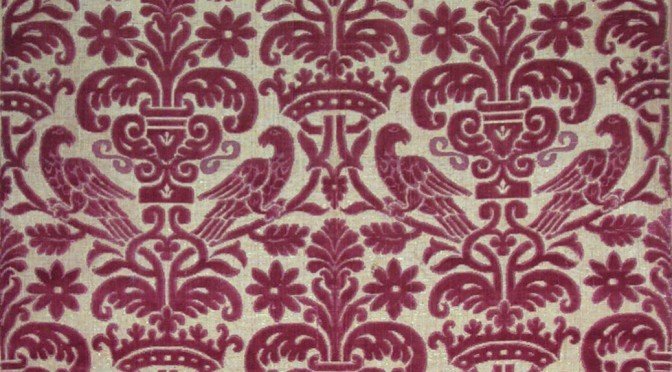The church of San Giovanni Grisostomo (“Saint John Chrysostom”) in Venice has a connection with fabrics both because of the soprarizzo velvets made by Bevilacqua’s and hung to some of its pillars during certain festivities, and because of a certain merchant, who imported his textiles from the Far East and who had his home right here.
The history of the church of San Giovanni Grisostomo

The church of San Giovanni Grisostomo
The church of San Giovanni Grisostomo was built in 1080 in the sestiere of Cannaregio. “Chrysostom”, the epithet given to this Early Church Father and Archbishop of Constantinople, born in Antioch and who lived between the second half of the 4th century and 407, means “golden-mouthed” and was assigned to extraordinarily eloquent people.
The church you can see now, a short distance away from the church of the Santi Apostoli di Cristo (“Holy Apostles of Christ”) and behind the Malibran Theatre, though, is not the original one, but rather its reconstruction. It was indeed rebuilt between 1497 and 1525 by Mauro Codussi (1440-1504) and his son Domenico.
The reason why it had to be rebuilt was the massive fire that tore it down in 1475, as well as some of the houses nearby. Among which Marco Polo’s home, who lived in the area still called Corte seconda del Milion (“Second Courtyard of the Million”). The courtyard, besides some buildings dating back to the 16th century, hosts some arches, buttresses and phiales coming from the 13th century, i.e. from Marco Polo’s own age.
The motifs of antique Italian fabrics
On some festivities, the pillars of Saint John Chrysostom are decorated with some velvets woven at Bevilacqua’s around the 1930s. The pattern is red and on a gold-yellow ground, showing pairs of eagles, facing each other, perched on stems, guarding a cup with daisies and lotus flowers and alternating with crowns, through which the two stems pass.
These figures are the same as those on Italian heraldic fabrics from the 16th and 17th centuries. The eagle is, indeed, Zeus’s sacred animal and the symbol of power and victory, as well as of royalty and divinity. The same is true of the crown: since ancient times, crowning someone has always meant consecrating him, or her, to gods. Therefore a crown was placed on the head of kings and queens to remember them that their royalty came from God. Just like the eagle, the crown indicates victory and glory and thus became the first symbol of holiness.
The lotus flower, on the other hand, is the symbol of birth and rebirth and of the soul’s ability to strive towards God’s perfection. Besides, it is associated with pureness, together with the daisy which, in medieval paintings, often stands for the innocence of Jesus as a child and, in the following centuries, the saints’ pure mind and soul.


